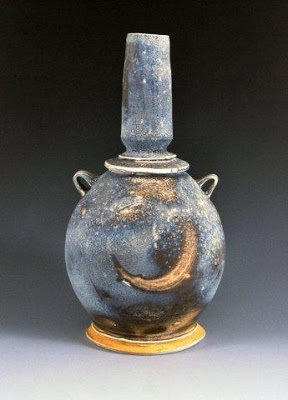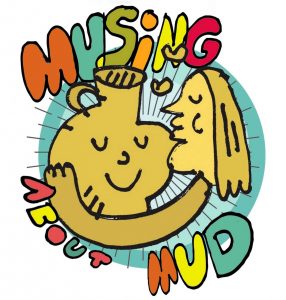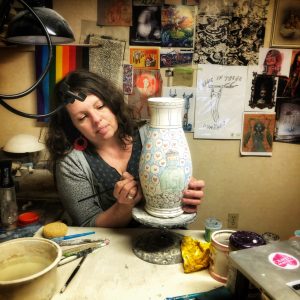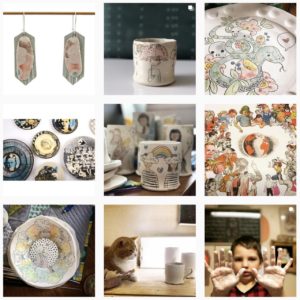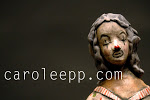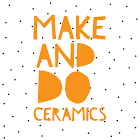by Carole Epp | Mar 28, 2012 | Uncategorized
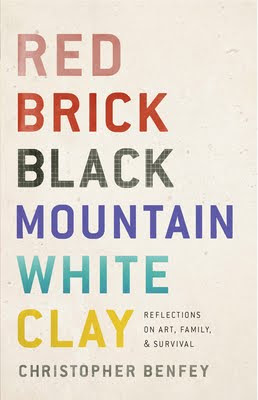
Lately it seems pretty rare that I get a chance to sit and enjoy the beauty and escapism of good literature. With a new baby in the house and a four year old on the loose, the days of sunny afternoons huddled with a book or staying up all night to finish just one more chapter are by-gone’s. Even further out of reach are the days of getting absorbed in some rich critical and theoretical writing. (I know my brain could once compute that language, but lately it seems more aligned with the language of superheros and motorbike noises). So I was pleasantly intrigued when contacted by TLC Book Tours to do a review of Red Brick Black Mountain White Clay by Christopher Benfey. I thought to myself, “Here I have an excuse to force myself to steal away some moments for reading. It’ll be work therefore I can hide away under a cozy blanket with my book and ignore my kids for a bit, guilt free.” Alas the reality was far more akin to 3am reading sessions while I rocked a disgruntled child back to sleep, less than idyllic, but a reality I love regardless.
So in the wee hours of the morning I was swept away on a journey of discovery of the lineage of a family, jumping around from place to place – japan, mexico, germany, small town here and there USA. Just as the potters Benfey writes about who seek to carve out the pure vein of coveted clay, Benfey carves out for the reader a family’s past and the many influences upon it which create character and perspective. Reading somewhat as a who’s who list of famous and noteworthy people that were either part of his family or family friends makes the story at times seem almost like someone at a cocktail party showing off – I mean really your grandmother’s cousins played with Walter Benjamin?! But I guess if my family history was equally as rich in history and noteworthy characters, I’d have written a book as well.
So why would this book be of interest to review on a ceramic blog like musing? Well much of the book is a reflection upon the lives of artists and potters. Benfey has a way of speaking about makers and the objects that they create in a manner that any maker can relate to: the knowledge of skill, of tradition, detail, value, intrinsic to a pot. The romanticism of the maker and their relationship to the land. There were moments in the book where I was left with a pang of guilt for my “weakness” of use of purchased clay, rather than dirtying my hands digging and working from scratch in the wilderness, finding my own clay and having it create the unique marks only such clay can inscribe on an object.
I was also compelled by the book to think about my own past and experiences in education, academic and otherwise and to try to view my own past in a new light of how certain circumstances led me down the creative path I’m on today. By taking a step back, could a see a broader picture of influence? How were events and the people/artists I’ve meet intertwined in my own life and work.
When it comes to reading, a book needs to grab me within a chapter or two, or it gets put away to collect dust. Life to me is too short for books that don’t speak to you. For me a good book isn’t always about great writing either; a good book makes me think, and Benfey’s accomplished that. There were times when I felt like I was being taken off on an unrelated tangent which frustrated me, but overall the book was compelling and filled with interesting people and stories. At one point one such tangent breaks from telling us about Black Mountain College, Bauhaus aesthetics, and Anni and Josef Albers, to talk about the meander pattern, Greek Mythology of Homer, and the story of the Labyrinth and Daedalus. I found this section and the idea of the labyrinth or meandering to be a perfect metaphor for the book itself. There is a meandering to Benfey’s story telling. But in the end he carves out a path and leads you out of the labyrinth.
If you have an interest in such things as Black Mountain College, Japanese ceramics, Wedgewood and the quest for porcelain in the United States, American potters like Mark Hewitt, or love insight into family histories I would suggest that this book would be of interest. I’d love to hear from others what they think of this book, their likes and dislikes or the questions it posed to them.
In the meantime you can read a few other reviews of the book by checking out the TLC Book Tours website or following the links below:
Travel Spot Iwriteinbooks’s blog Twisting the LensAvery Pottery and TileworksWhynot PotteryBookstack
by Carole Epp | Mar 23, 2012 | Uncategorized
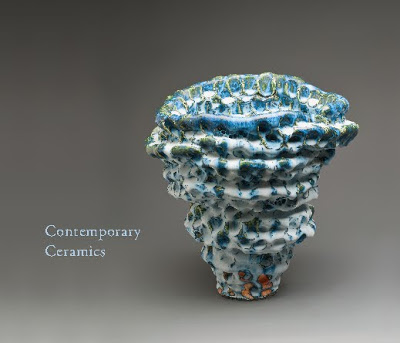
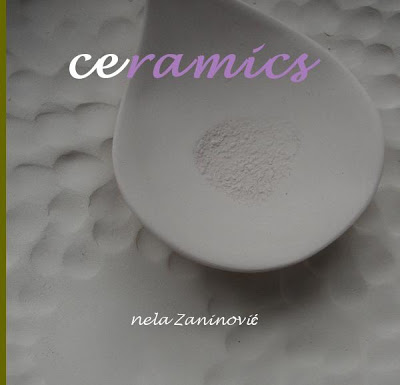
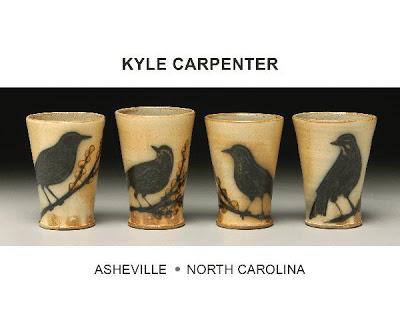
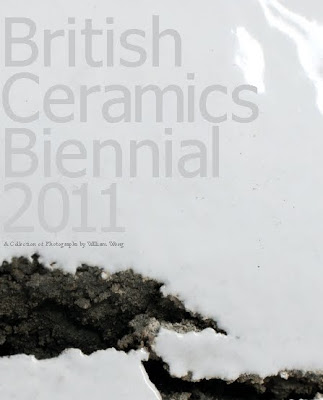
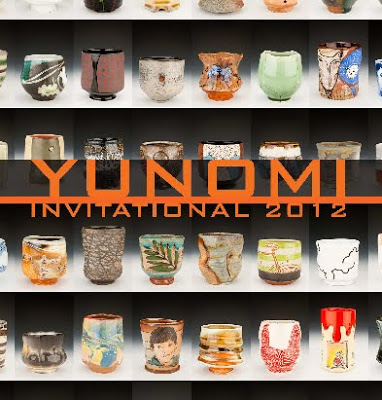
Click on the image to buy the book.
(be warned spending too much time searching and looking at ceramic books on blurb
might result in a financial crisis in your bank account)
by Carole Epp | Mar 20, 2012 | Uncategorized
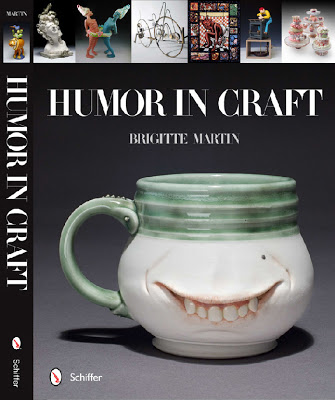
What happens when professional craft artists are allowed to let loose, when they get to explore their mischievous and irreverent sides? Find out in this groundbreaking book, which, for the very first time, reveals an entirely different side of serious craft. Hundreds of images and essays from all over the world allow you to gain insight into the creative minds of contemporary artists like never before.
A variety of traditional craft media are shown in this book, such as furniture, ceramics, glass, fiber, jewelry, and metal, as well as a number of unique, nontraditional techniques. Even a bus shelter in London gets a creative make-over that’s sure to make you smile!
The topics range from the playful to the serious, but the message is always most enjoyable. Humor in Craft is a treasure trove for craft aficionados and humor enthusiasts alike.
- Hardcover: 256 pages
- 260+ contributing artists
- 460+ full color images and artist commentary
- Publisher: Schiffer Publishing, Ltd. (April 28, 2012)
- Language: English
- ISBN-10: 076434059X
With a foreword by Andrew Wagner.
Essays:
Gail M. Brown: “You must be kidding…”,
Garth Johnson: “Funk’s Not Dead”,
Kathryn A. Lichti-Harriman: “Taking the Piss: Mistakes and Irony in Scottish Craft Groups”,
Marjorie Simon: “Wandering Thoughts: What’s so funny?”
Fun for all!
Purchase this book from the author directly. Request a dedication along with the author’s signature during checkout! $50 plus s/h plus taxes (USA and Canada only.)
Find our more about the book and the author, and purchase your copy here.
by Carole Epp | Jan 19, 2012 | Uncategorized
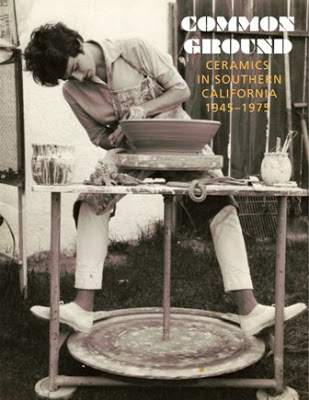
A broad survey of more than fifty ceramic artists who worked in the Los Angeles Area in the decades following World War II, Common Ground, as a book and exhibition, celebrates the art that is central to the mission of the American Museum of Ceramic Art in Pomona, CA. The artists selected for Common Ground all had a direct connection to Millard Sheets, an artist, art educator, arts administrator, and designer, whose activities and ideology had an enormous impact on southern California in the middle of the twentieth century. The essays take different perspectives on the region’s dynamics, together presenting an in-depth analysis of the complex and diverse factors that created a fertile ground for ceramics. Elaine Levin introduces the major figures in ceramics from the 1920s through the postwar years and outlines Southern California’s ceramic history and aesthetics. Harold B. Nelson sketches a biographical portrait of Millard Sheets that shows the artist and administrator’s multifaceted roles. Christy Johnson recounts the story of a little-known potter, Marian Moule, that illuminates the broader experiences of the student and aspiring ceramist in the 1950s and 1960s. Jo Lauria describes new avenues to show and sell – craft competitions, interior design showrooms, and art fairs – and illustrates successful marketing tactics with case studies. Dr. Billie P. Sessions chronicles the evolution of college-level ceramic education and compiled an appendix of Southern California colleges, instructors and students. James F. Elliot-Bishop provides a chronology of Gladding, McBean, an early innovator of ceramic technology, that evolves through mergers into Interpace, a company that employs ceramicists to design dinnerware for commercial production and produce original tile murals. Dr. Cecile Whiting surveys the broader Los Angeles art scene, offering a balanced and scholarly analysis of the trends that persisted and the new artists who emerged by the 1970s. From the 1950s through the 1970s crafts, especially ceramics, came to represent the free spirit of self-expression and experimentation that characterized west coast living. Common Ground: Ceramics in Southern California 1945-1975 tells the stories of a generation of studio potters, who were often self-taught or trained in traditional apprenticeships but helped develop college curricula for ceramics. They advanced the technology of the wheel and the kiln, developed glazes and techniques. By establishing professional organizations, such as the American Craft Council, and publishing craft-themed magazines including Craft Horizons and Ceramics Monthly, their expertise and experimentation were shared. Through their efforts. galleries and museums eventually recognized ceramics as a valid art medium. New theories and aesthetic philosophies were debated: the European, Bauhaus-grounded function-and-form school versus the Zen-influenced, abstract-expressionist artists; those who advocated clay as an aft-form and those who sought to make a living by incorporating ceramic design in industry and architecture. Eventually all found a place and added to the distinct ethos of high and low art, nature and technology that defined southern California culture.To purchase a copy visit The American Museum of Ceramic Art website.
by Carole Epp | Nov 27, 2011 | call for entry, emerging artist, job posting, monday morning eye candy, movie day, residency opportunity, show us your influences, technical tuesday
To whom it may concern:
I am compiling information for a new book titled Wood Fired Ceramics: 100 Contemporary Artists, to be published by Schiffer Publishing Ltd. I am including with this letter a call for entries for the book.
Please post this call for entries on your website and distribute it to anyone who might be interested in submitting work for consideration. I will be happy to acknowledge your organization in the completed book if you are able to help attract talented artists.
If you have any questions, feel free to contact me at [email protected]
Thank you in advance for your assistance.
Sincerely,
Amedeo Salamoni
Amedeo Salamoni
Ceramics/Sculpture
Anderson and Walton Galleries Coordinator
George School
PMB 4542
1690 Newtown Langhorne Rd.
Newtown,PA 18940









